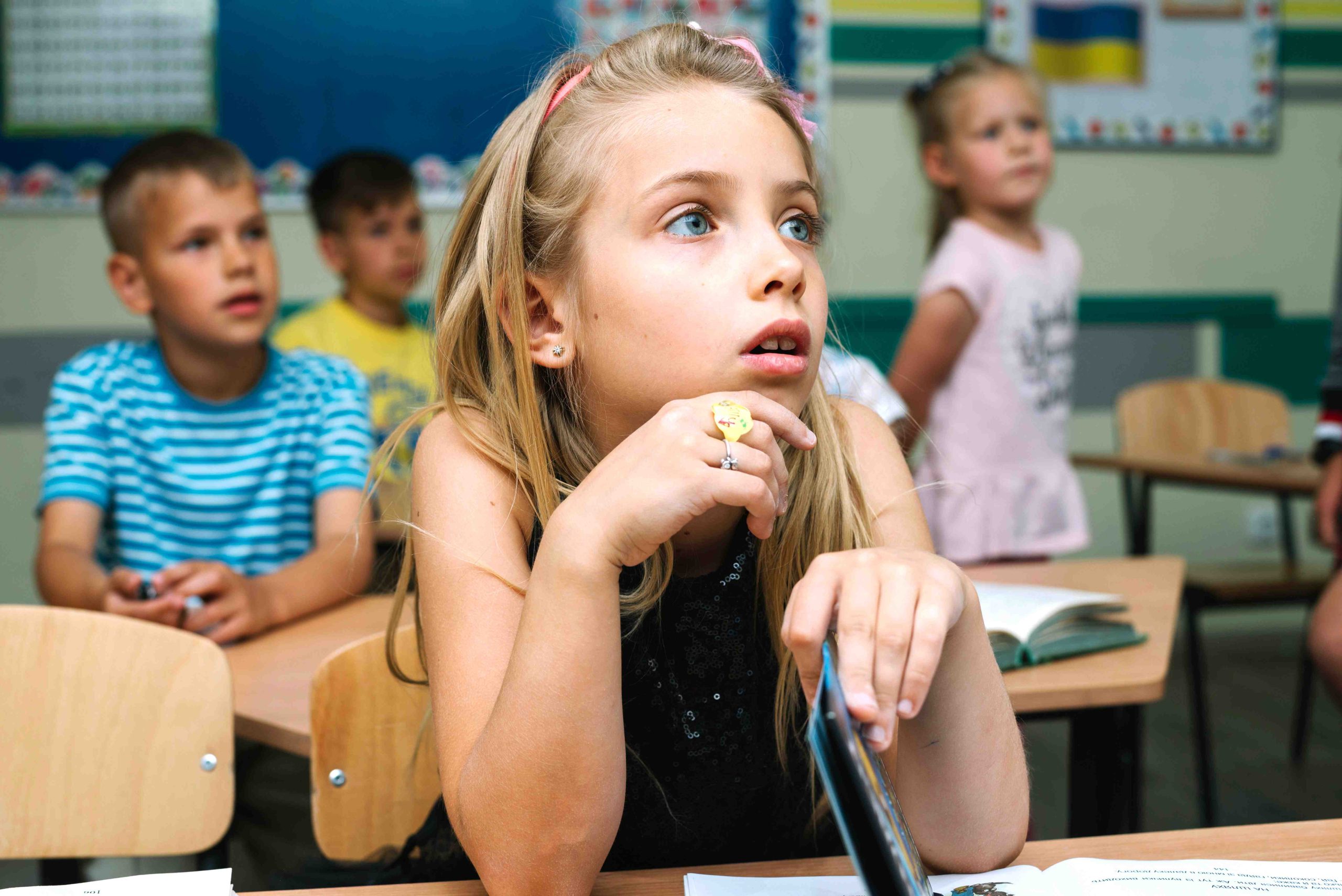
Introduction: The Importance of Pacing
As a preschool teacher, crafting an effective lesson plan is crucial to ensure optimal growth and development among your students. However, beyond merely listing activities, a well-crafted plan also entails careful consideration of pacing. Effective pacing is essential for keeping preschoolers engaged and attentive throughout the lesson. In this article, we delve into the significance of pacing and its impact on the learning outcomes of preschoolers.
Understanding Pacing in Preschool Lessons
Pacing refers to the rhythm or tempo at which a lesson unfolds, encompassing the rate of progression from introduction to conclusion. A well-paced lesson maintains preschoolers’ engagement, attention, and focus. Moving too swiftly may overwhelm them, while a sluggish pace may lead to disinterest and distraction.
The Benefits of Effective Pacing
Effective pacing offers several advantages for preschoolers. Firstly, it sustains their engagement and focus, preventing boredom or overwhelm. Secondly, it allows adequate time for information absorption and processing, fostering better retention. Lastly, it cultivates a positive learning environment, contributing to improved academic and socio-emotional development.
Strategies for Effective Pacing
Effective pacing entails employing various strategies to ensure optimal lesson progression. These strategies include:
1. Planning the lesson in advance: A meticulously planned lesson guarantees consistent pacing suitable for the developmental stage of preschoolers.
2. Breaking down the lesson into smaller segments: Segmentation aids in maintaining preschoolers’ engagement and focus.
3. Incorporating different learning styles: Addressing visual, auditory, and kinesthetic learning styles enhances engagement and attentiveness.
4. Using transitions: Smooth transitions between activities sustain focus and anticipation.
Tips for Effective Preschool Lesson Planning
Effective lesson planning for preschoolers can be challenging, but certain strategies can help create an engaging and supportive learning environment:
1. Start with clear learning objectives: Specific, measurable objectives guide lesson design and ensure achievable outcomes.
2. Consider individual needs: Differentiation accommodates diverse learning styles and abilities, fostering inclusivity.
3. Break lessons into smaller parts: Short segments cater to preschoolers’ limited attention spans, facilitating better retention.
4. Use hands-on activities: Interactive tasks promote engagement and reinforce learning.
5. Use formative assessment: Ongoing assessment informs adjustments to pacing and challenge levels, supporting individual learning needs.
6. Consider classroom environment: A conducive environment minimizes distractions and optimizes learning.
Factors that Affect Pacing
Several factors influence the pacing of preschool lessons:
1. Developmental level: Younger preschoolers may require slower pacing to grasp new concepts effectively.
2. Attention span: Short attention spans necessitate frequent breaks or transitions to maintain focus.
3. Classroom environment: A conducive environment fosters appropriate pacing and engagement.
4. Learning objectives: Complex objectives may require slower pacing for thorough understanding.
The Role of Assessment in Pacing
Assessment informs pacing adjustments by evaluating understanding and retention, ensuring effective learning progression.
Common Pitfalls to Avoid
To promote optimal learning outcomes, teachers must steer clear of common pitfalls:
1. Failing to consider individual needs: Differentiation and support cater to diverse learning requirements.
2. Overloading lessons: Breaking lessons into manageable segments prevents overwhelm and aids retention.
3. Failing to assess learning: Formative assessment ensures pacing and challenge levels align with students’ abilities.
4. Ignoring classroom environment: A conducive environment fosters engagement and minimizes distractions.
5. Ignoring learning objectives: Clear objectives guide lesson design and ensure focused learning.
Strategies for Pacing Preschool Lessons
To maintain effective pacing, teachers can employ various strategies:
1. Use visual aids: Visual aids enhance understanding and sustain engagement.
2. Break lessons into smaller parts: Segmentation facilitates comprehension and retention.
3. Use hands-on activities: Interactive tasks promote active learning and break monotony.
4. Provide frequent breaks: Regular breaks rejuvenate attention and maintain engagement.
5. Use scaffolding: Providing support aids in concept comprehension and application.
Balancing Pace and Challenge
Maintaining an appropriate pace while offering suitable challenges is crucial for effective learning:
1. Differentiating instruction: Tailoring lessons to individual needs ensures engagement and comprehension.
2. Using formative assessment: Continuous evaluation informs pacing adjustments and supports individualized learning.
3. Offering choice: Providing options empowers students and promotes engagement.
4. Using cooperative learning: Collaboration fosters peer support and enriches learning experiences.
By balancing pace and challenge, teachers can create an inclusive environment that nurtures the growth and development of all preschoolers.
Using Technology in Preschool Lesson Planning
Technology serves as a valuable resource for enhancing preschool lesson plans:
1. Use digital resources: Online materials supplement classroom learning and offer diverse resources.
2. Incorporate multimedia: Multimedia elements cater to varied learning styles and sustain engagement.
3. Use interactive whiteboards: Interactive boards facilitate dynamic teaching methods and encourage participation.
4. Use educational apps: Educational apps offer interactive learning experiences tailored to preschoolers.
5. Use digital assessments: Digital assessments provide real-time feedback and inform instructional decisions.
Thoughtful integration of technology enriches lesson plans and fosters interactive, engaging learning experiences for preschoolers.


